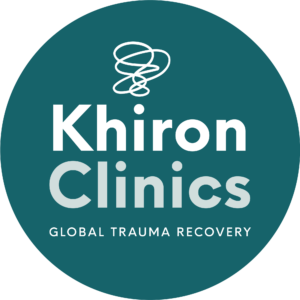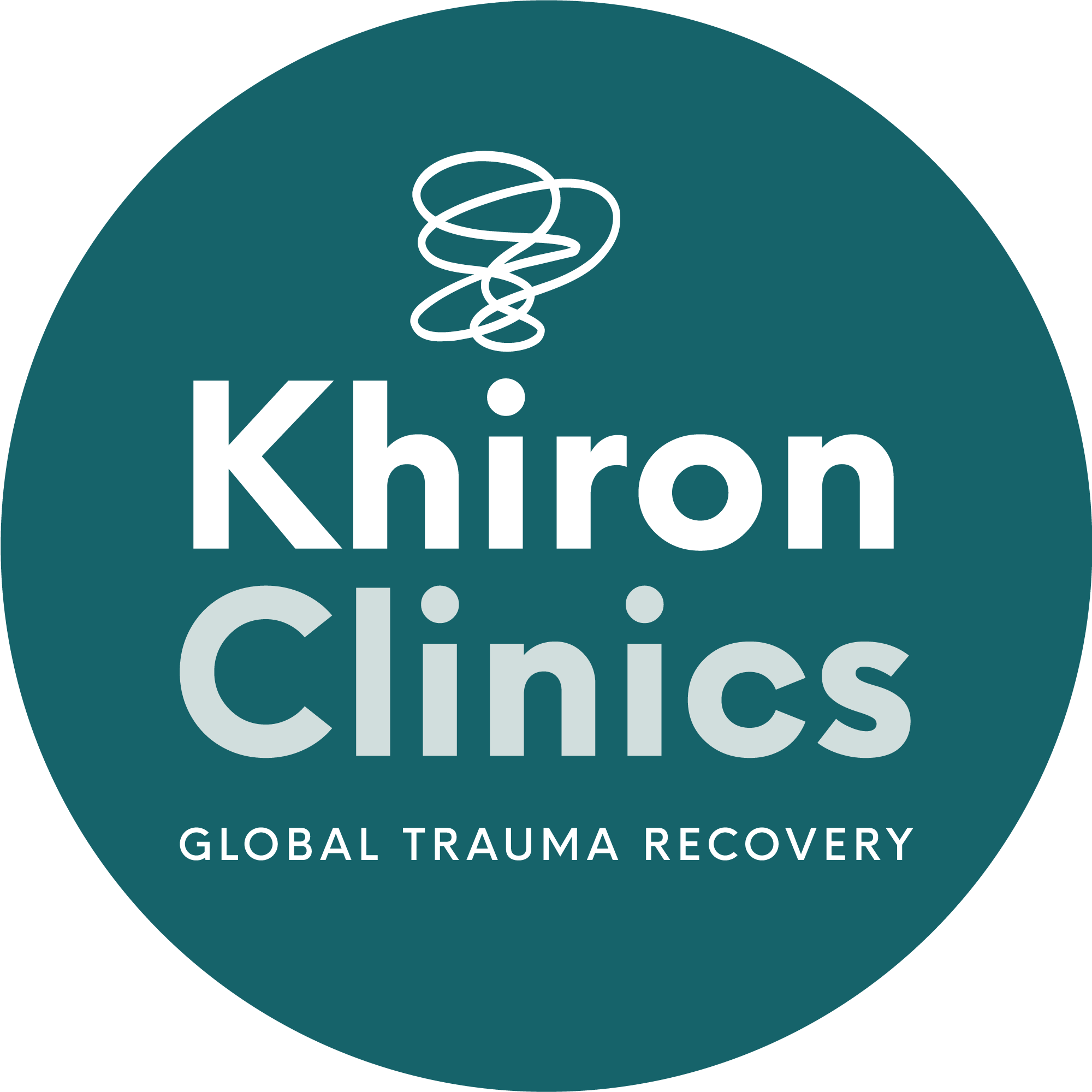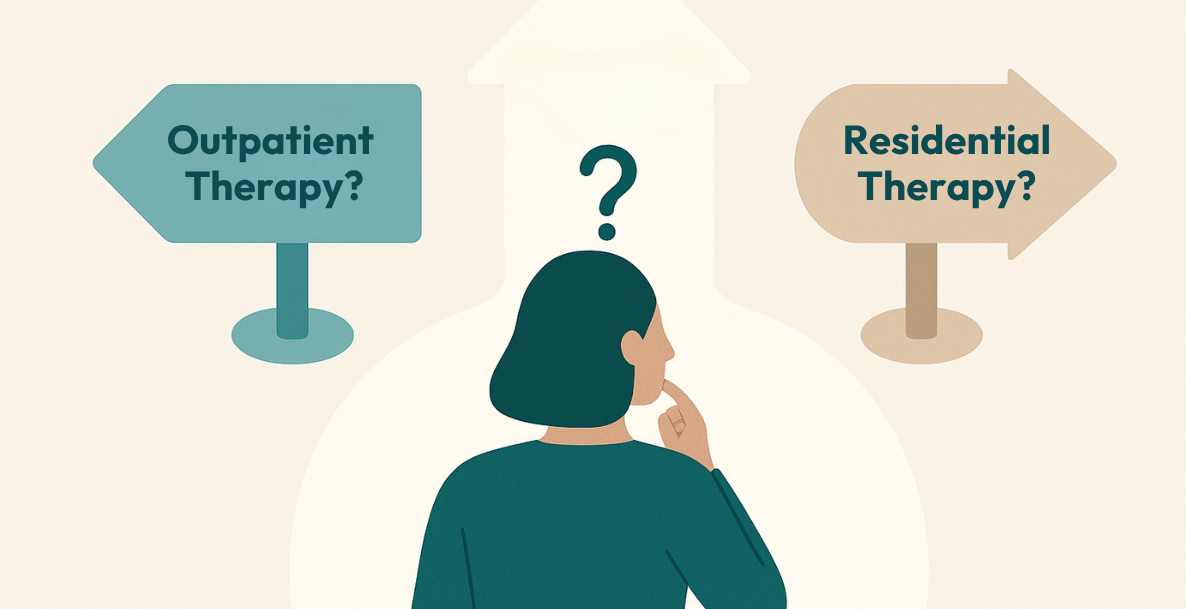We have long struggled to define and explain the complex effects trauma can have on the body and mind. To many, trauma is thought of as an event or experience, usually one that is distressing and memorable; an unforgettable moment etched into our brains forever. This idea is misguided but popular, promoted in films and other media, often through the image of the traumatised soldier suffering from ‘shell shock’.
However, trauma is much more varied and complex than this. Trauma is not an event or even an experience, but is how the body responds to a single event or several experiences. Importantly, because trauma is rooted in the body’s unconscious response, it is not necessary to remember an event that is traumatising. The effects of the response can make this memory inaccessible.
“Trauma is not what happens to you, but what happens inside you as a result of what happens to you.” [1] It is the disconnection between yourself and the present moment because of overwhelming stress or perceived threat. Understanding trauma in this way requires a shift of perspective, bringing forth new ways of approaching treatment, discovering greater self-compassion, and finding somewhere else to place our shame, judgement, and guilt.
Understanding Trauma
Mental health can be difficult to understand because it is often invisible. While the wounds left from an accident are a visual reminder of the event, the psychological wounds are unseen, meaning the scars they leave, and their connection to the event is missed. Trauma is that invisible scar.
As respected trauma researcher Dr Bessel van der Kolk explains, we all face unpleasant situations, like difficult jobs or tough circumstances. But the thing about trauma is that even when the situation is over, your body keeps reexperiencing it as if it is still happening.
How is Trauma Experienced and Then ‘Stored’
Trauma is an unfinished response in the body to an overwhelming threat, which makes us feel unable to cope. This sense of feeling trapped, unable to fight back or get away, leaves us feeling helpless, frightened, and out of control.
It is this feeling of complete vulnerability and frozen defencelessness that causes trauma. When we are unable to deal with a situation by fighting back, running away, or appeasing, we freeze. Any situation in which we feel stuck, or trapped can cause this frozen reaction.
This can range from being physically unable to leave, such as child neglect, sexual abuse, and certain forms of violence, to a more nuanced feeling of confinement, like in workplace bullying, or emotional abuse. For survivors of such experiences, it is possible to resolve the trauma by addressing our unfinished reactions at a later stage. That is what trauma healing is.
During a traumatic experience, our brains and bodies go through various survival modes – also known as fight, flight or freeze which flood us with stress hormones like adrenaline and cortisol. These intense feelings and sensations can become ‘trapped’ in our minds and bodies, even after the traumatic event has passed. Crucially, trauma is not in the event that happened, but in how our body responds to it.[2]
Trauma changes your brain, activating the primitive part that is all about survival. This affects the brain’s memory system, causing memories of the event to be stored in fragmented in a disorganised way.[3] Emotions and physical sensations associated with the trauma can also become ‘stuck’ in our bodies, leading to symptoms like hypervigilance, flashbacks, and emotional numbness.
Trauma can affect how we feel, think, and relate to others, even long after the event has occurred, as the body continues to react as if we are still in danger. This is what happens when we feel ‘triggered’. The trigger is the reactivation of the response to trauma, which causes an over or underreaction.
How Does the Trauma Get ‘Stuck’
If we can’t fight or flee, our bodies may enter a frozen state, where the energy generated by the stress response gets trapped in our nervous system. This trapped energy might even cause difficult-to-diagnose illnesses such as ME/CFS, and gut issues like IBS, or manifest as physical sensations such as tension, tightness, or pain in different parts of our bodies such as the jaw, shoulders or abdomen.[4]
For instance, someone who experienced an assault – particularly one that they were unable to escape from or fight back – might develop abdominal, neck or back pain, even after their physical injuries have healed. This pain could be a physical manifestation of the body’s frustrated defensive impulses experienced during the accident, which became ‘stuck’ in the body until released through trauma processing.
What Actually Is the Nervous System?
To appreciate the complex effects of trauma, it is helpful to have a basic understanding of what we refer to as the human nervous system. The nervous system is made up of several parts. There is the central nervous system, consisting of the brain and spinal cord, and the peripheral nervous system, which includes the autonomic nervous system (ANS). This is what we mostly refer to when discussing trauma.
The ANS has two branches, the sympathetic and parasympathetic systems. The parasympathetic nervous system, often referred to as the rest-and-digest system, promotes a state of calmness in the body. In contrast, the sympathetic is responsible for what we call the ‘fight or flight’ response. When this system kicks in, it gets our body ready to deal with a threat. Our heart rate and blood pressure go up, we produce more adrenaline, and blood flows to our muscles so we can react quickly. Meanwhile, things like digestion, immunity, and even our ability to connect with others take a back seat.
But our bodies can’t stay in this heightened state forever – it’s not healthy. Eventually, another part of our nervous system puts us in a more primal state, where we might feel frozen, tired, and hopeless, and our basic bodily functions slow down.[5] It’s like our body goes into a kind of shutdown mode to protect itself, an experience that is likely familiar to those with trauma.
A Look at The Causes of Trauma
Trauma can occur when we experience something stressful once, or over a period of time, that overloads our capacity to cope. It is effectively something or someone that was repeatedly stressful to our nervous system.
These experiences may include:
- Physical abuse
- Emotional abuse
- Sexual abuse
- Emotional or physical neglect
- Domestic violence
- Assault
- Mugging or robbery
- Witnessing violence
- The death of a loved one
- Relationship breakdown
- Severe illness or injury
- Surgical procedures
- Loss of employment
- Workplace harassment
- School bullying
- Natural disasters
- Car, plane, and boat accidents
- Combat trauma
- Kidnapping or hostage situations
- Refugee experiences
- Terrorism
What Do We Mean by Perceived Threat
Our ability to imagine sets us apart from other animals in many ways. As our brains have evolved, so has our capacity to imagine danger. We create and recreate danger in our minds, triggering the same biological stress response as if it were real.
Perceived threat refers to the felt sense of danger or harm, whether it’s objective or subjective. It’s a crucial concept in understanding trauma and triggers because our bodies react to perceived threats as if they were real. This reaction, often deeply ingrained due to past trauma, can be triggered by certain situations or stimuli, leading to a range of responses from anxiety to a full-blown trauma reaction, which mirrors the intensity of the original response to a threat.
This will likely feel just as terrifying and overwhelming as the original experience, and therefore the reactions generated, and the actions we take are driven by this real sense of fear, rather than the actual level of threat in the moment. Understanding perceived threats helps us comprehend why seemingly innocuous events can trigger intense emotional or physical responses in individuals with a history of trauma.
Trauma can change how we perceive and interpret the world in many ways. This alteration can cause neutral, harmless sensory stimulation to be interpreted as painful or threatening by the brain. Understanding this has been seismic in supporting individuals with chronic pain that is related to trauma or stress.
On a neurological level, the brain becomes more sensitive to threats and interprets non-threatening input as dangerous.[6] This can cause neutral facial expressions to appear aggressive and threatening, and low-frequency sounds that may imitate a predator’s growl to trigger the fight, flight or freeze response. This heightened state of vigilance, often resulting from trauma, leads to a misinterpretation of benign stimuli as threats, perpetuating a cycle of anxiety and hyperarousal.
How Does Unresolved Trauma Affect Someone’s Day-to-Day Life?
Constantly perceiving the world as stressful, dangerous, painful, and threatening can be emotionally exhausting and physically draining, perpetuating a cycle of anxiety and hyperarousal. It can affect work, relationships, hobbies, and studies. Perceiving ordinary, everyday stimuli as threatening can greatly impact relationships, work, studies and daily life.
Here are some examples of how unresolved trauma can have an impact on daily life:
- Often becoming triggered in relationships, we feel the need to protect ourselves constantly. This can lead to ongoing conflict and a sense of insecurity or lack of safety.
- Development of unhealthy attachment styles, such as anxious or avoidant behaviours in relationships.
- Frequent mood swings and emotional instability cause unpredictable reactions and strained interactions with others.
- Avoidance of triggering situations, feelings or places can limit participation in social, work, or recreational activities.
- Trouble concentrating and memory issues, impacting work performance and daily tasks.
- Chronic physical ailments, such as headaches, stomach problems, and other stress-related symptoms.
- Persistent feelings of guilt, shame, or worthlessness, undermine self-esteem and overall well-being.
- Heightened startle response and hypervigilance, leading to constant alertness and difficulty feeling safe.
- Disrupted sleep patterns, including insomnia or nightmares, affect overall health and energy levels.
Treating The Root While Recognising How Trauma Manifests
Clients often arrive at Khiron Clinics with an array of mental and physical health diagnoses and symptoms. Often they have already had treatment for these issues with limited success.
We don’t treat diagnoses or symptoms. We treat the underlying root causes beneath these various, often seemingly disconnected problems.
Mental Health Conditions
- PTSD
- Complex PTSD
- Bipolar Disorder
- Anxiety Disorder
- Depressive Disorder
- Borderline Personality Disorder
- Dissociative Identity Disorder
- DDNOS
- Schizophrenia
- OCD
- Phobias
- Panic Disorder
- Body Dysmorphic Disorder
- Insomnia Disorder
- Substance Use Disorder
- Schizoaffective Disorder
- Personality Disorders
- Psychosis
Symptoms
- Stress
- Anxiety
- Depression
- Insomnia
- Dissociation
- Risk-taking behaviours
- Suicidality
- Digestive disorders
- Obsessions
- Compulsivity
- Agoraphobia
- Panic & fear
- Irritability
- Shame
- Difficulty concentrating
- Mood swings
- Outbursts of rage or violence
- Poor sleep patterns
We help you to make sense of what caused these mental and physical health issues, and together we find a path to heal their root causes, promoting lasting recovery.
Overcoming Trauma with Bottom-Up Approaches
At Khiron Clinics we are committed to prioritising approaches that emphasise safety and empowerment. As a Polyvagal Informed certified residential clinic, we recognise the body-mind connection and understand that healing from trauma requires a bottom-up approach where we address the physical and sensory aspects of trauma before delving into cognitive or emotional issues.
Our unique treatment programmes are delivered by clinicians who are informed, trained and supervised by some of the world’s top trauma experts including Dr Bessel Van Der Kolk, Dr Janina Fisher, Dr Stephen Porges, Deb Dana, Dr Dick Schwartz, Licia Sky and Linda Thai.
Khiron Clinics specialises in therapy that directly works with the nervous system, offering a wide variety of approaches to heal the underlying causes of mental health issues, often rooted in unfinished responses to earlier threats.
Sources:
[1] Maté, G., & Maté, D. (2022). The myth of normal: Trauma, illness, and healing in a toxic culture. Penguin Audio.
[2]van der Kolk, B. A. (2014). The body keeps the score: Brain, mind, and body in the healing of trauma. Viking.
[3] van der Kolk, B. A. (2014). The body keeps the score: Brain, mind, and body in the healing of trauma. Viking.
[4] Levine, P. A., & Frederick, A. (1997). Walking the tiger healing trauma: The innate capacity to transform overwhelming experiences. North Atlantic Books.
[5] Porges S. W. (2009). The polyvagal theory: new insights into adaptive reactions of the autonomic nervous system. Cleveland Clinic journal of medicine, 76 Suppl 2(Suppl 2), S86–S90. https://doi.org/10.3949/ccjm.76.s2.17
[6] Porges, S.W. (2017) The pocket guide to the polyvagal theory: The transformative power of feeling safe. New York: W.W. Norton.






